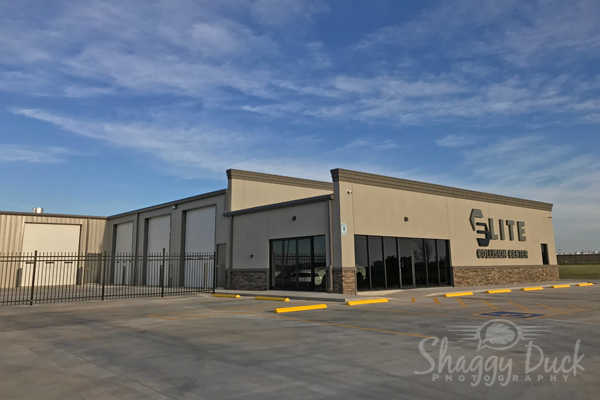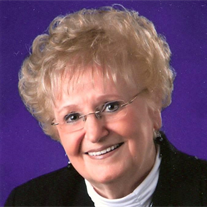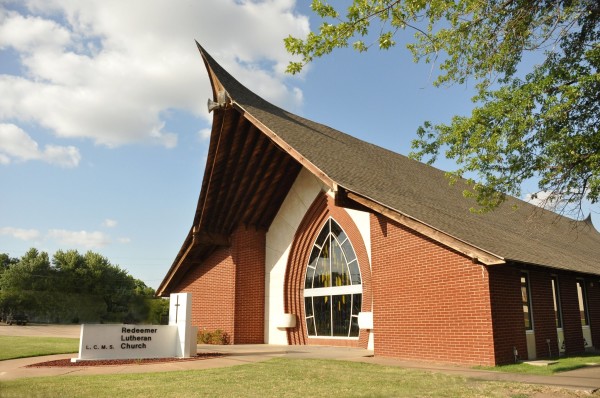ENID, OK - The observatory atop Enid High School was erected in 1963, the only one of its kind in Oklahoma. It was funded by a government program put into place to keep the U.S. competitive with the Soviet Union in the early years of human space exploration.
-
On Tuesday, February 28, the venue was re-dedicated as the Dr. Nancy Currie-Gregg Observatory at Enid High School. As a NASA astronaut, Currie-Gregg is a direct descendent of the “Space Race.”
-
March 1 was “Dr. Nancy Currie-Gregg Day” in Enid, commemorating the 15th anniversary of her final launch on the Space Shuttle. Currie-Gregg flew four times, serving as flight engineer and robotic-arm operator on each of her missions. She still works for NASA in Houston.
-
March 1 also marked the beginning of an Enid Public Schools fundraising campaign to preserve and restore the observatory. Currie-Gregg’s husband, Tim Gregg, an Enid High School graduate, heads up the “Friends of the Observatory” initiative.
-
“It’s a tremendous honor to Nancy and me to have the Enid High School observatory named in for her,” Gregg said. “As it turns out, the venue is not only an important educational resource in great need of attention, but also a site of profound historical significance to Oklahoma.”
-
A representative from the Oklahoma Historical Society recently visited the observatory. Work is underway to submit an application for the facility to be considered for inclusion in the National Register of Historic Places.
-
The Currie-Gregg Observatory remains the only high school observatory in Oklahoma.
-
“The observatory was the vision of a young science teacher, Jim Smeltzer,” Gregg said. “He submitted a grant proposal through the National Defensive Education Act, which was instituted shortly after the Soviet Union’s successful launch of the Sputnik 1 satellite in the fall of 1958.
-
“Four years later, Enid received government funds totaling $16,000 for construction of the observatory. That’s about $125,000 in today’s dollars. The mission was to get young people interested in pursuing scientific careers so that America could produce it’s own ‘rocket scientists’.”
-
After installing the existing nine-inch reflecting telescope in 1965, Smeltzer left Enid High School, eventually becoming a professor at Northwest Missouri State University. Before retiring there in 2004, he oversaw the creation of an observatory for the college. Located outside Maryville, MO, the Northwest venue bears a striking resemblance to the one in Enid.
-
Among the attendees at the Currie-Gregg Observatory dedication was Smeltzer’s daughter, Sherry Barnes. She met with the Greggs in Enid in December and got her first view of her father’s handiwork.
-
“Before Tim contacted me,” Barnes said, “I had no idea the observatory existed, let alone that it was the brainchild of my father. It was a very emotional experience.”
-
The Greggs involvement has already impacted the facility. The view deck of the observatory has been made safer with the installation of a new railing system. Enid High School astronomy teacher Dusty Hugaboom recently attended the Space Exploration Educator’s Conference at Space Center Houston. That trip was funded by the Currie-Gregg Observatory.
-
Now, supporters have their sites set on a new telescope and all that comes with that in the 21st century.
-
“We’re looking to make a dramatic upgrade,” Gregg said. “Not only are we hoping to install a larger instrument, but also we want to include a robotic mount, advanced imaging system, and software that will enable the telescope to be used remotely.
-
“This will broaden its educational reach significantly. Nancy is passionate about education. She constantly encourages students to ‘reach for the stars.’ Soon, Enid High School will have a telescope that will make that much easier and ignite young people’s interest in science, technology, engineering and mathematics.”
-
For more information about the Currie-Gregg observatory and to make a contribution to help restore and preserve the site, visit www.wewillfindstars.space.
-
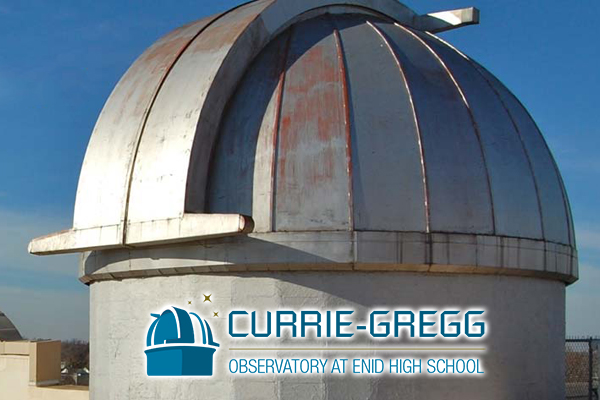
-

-
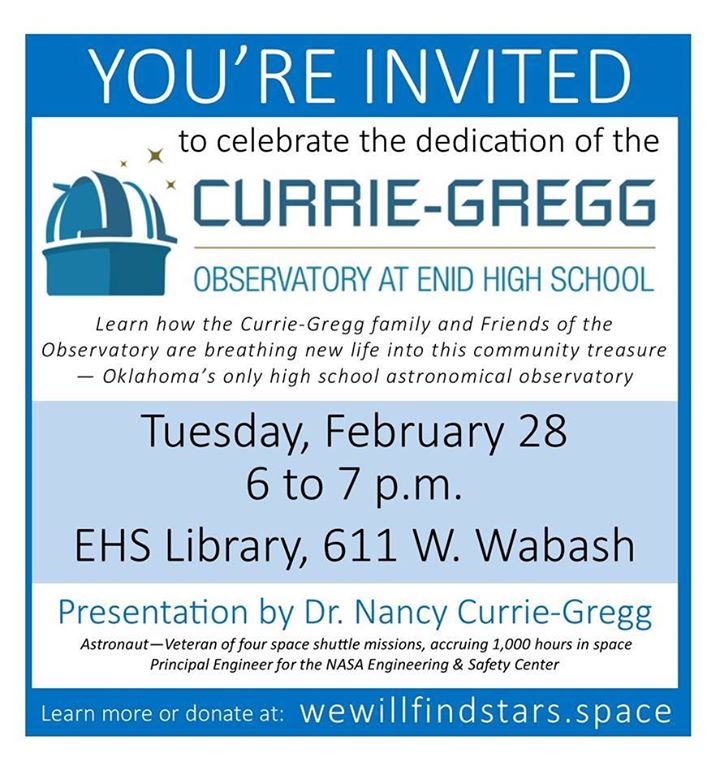
-




